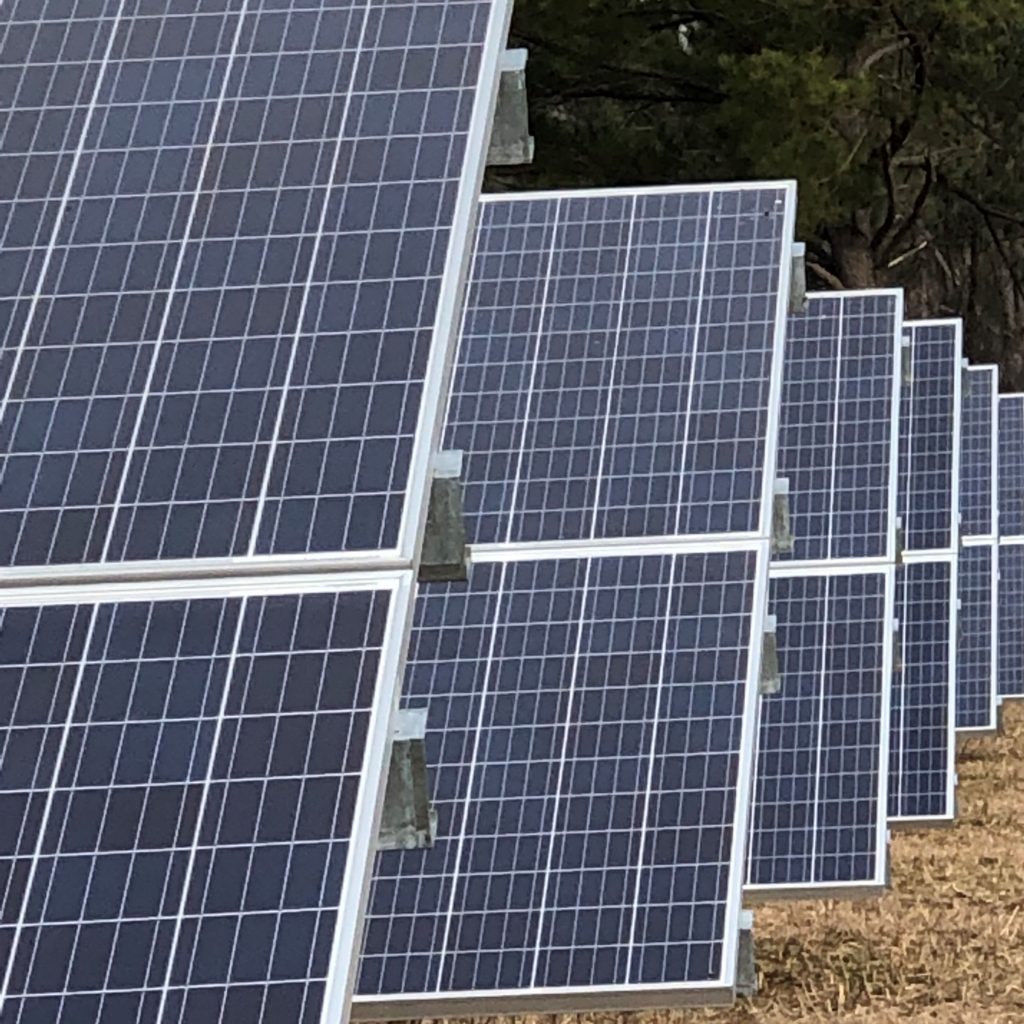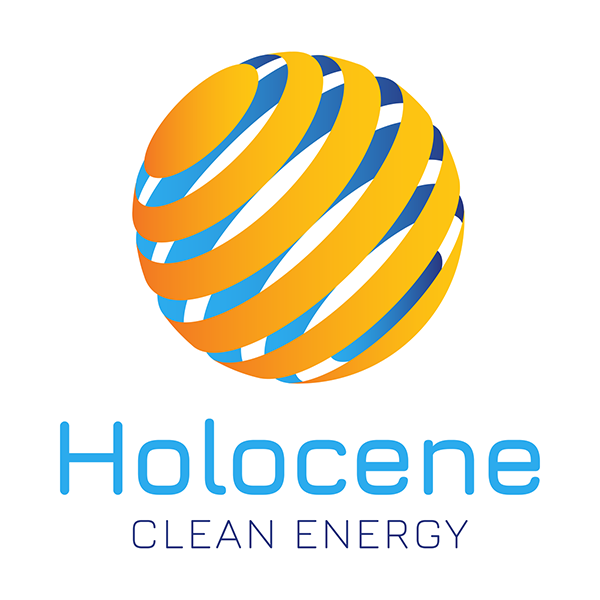
Holocene, along with other industry leaders, understood the bifacial solar module tariff exemption may not be long lived. However, the industry was miffed to find out that starting October 28th, 2019, bifacial solar modules will no longer be exempt from the Section 201 tariffs.
A Brief History
The Section 201 tariffs, adding a 30% import tax to all solar modules, were originally put in place by the Trump administration in February 2018. The administration initially set the tariff to decrease at a rate of 5% per year over four years.
Then, on June 13th, 2019 the Trump administration decided to exempt bifacial modules from the tariffs. The bifacial technology increases energy realization through absorobing light on both the front and the rear of the modules. This exemption allowed developers to realize cost savings associated with bifacial modules and encouraged adoption of the emerging technology. With this exemption, the U.S. Solar Market began to see an increased demand for bifacial modules, as opposed to traditional mono-facial modules. As a result, major module manufacturers began to allocate resources towards bifacial production lines.
Revocation
On October 8th, the Trump administration revoked the bifacial tariff exemption from the Section 201 Tariffs, to become official later this month. It appears this revocation is in response to increased price-competition, threatening the vitality of U.S. manufacturers. Putting the tariff back in place will squeeze the supply of panels in the United States, driving up prices of bifacial panels. Therefore, the prices of bifacials will likely exceed that of traditional mono-facial panels. However, we do not expect this change to significantly impact capacity and lead times for solar modules in the industry.
In addition, U.S. sited manufacturers will receive a short-term boost from the tariffs. As for bifacials, Wood Mackenzie Senior Research Analyst Xiaojing Sun still expects long term growth in the technology, describing this as a “temporary setback” for the technology. Moreover, Sun still expects that bifacial modules will be cost competitive again in 2021, even with the Section 201 tariffs.
Holocene Clean Energy is a solar developer building the foundation for the future of solar power supply, battery storage, and delivery. If you want to receive more timely updates like this one right to your inbox, let us know!
